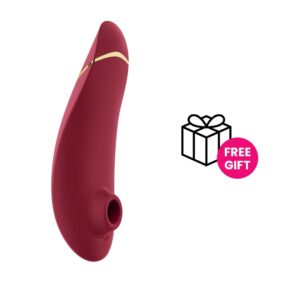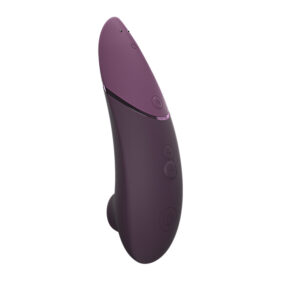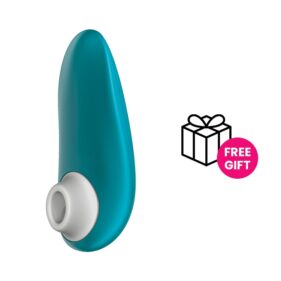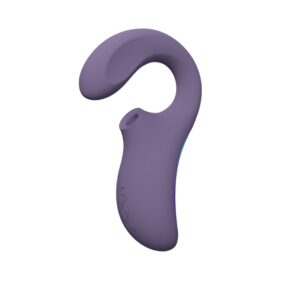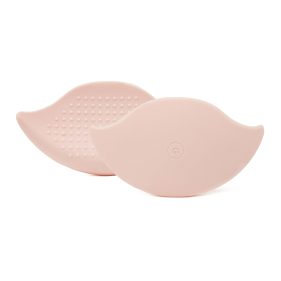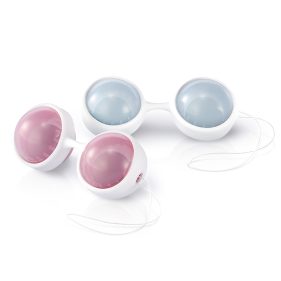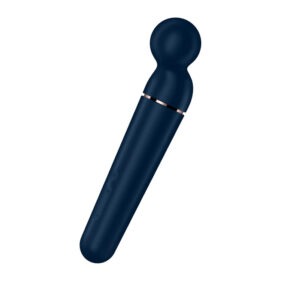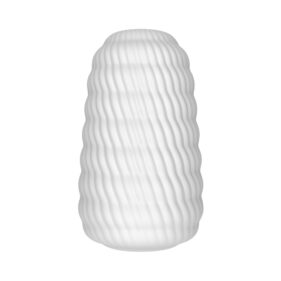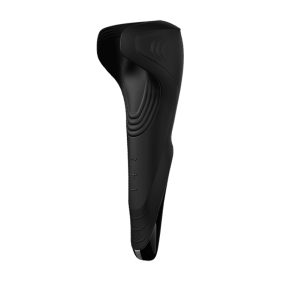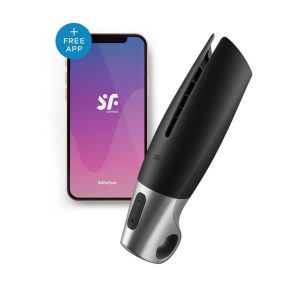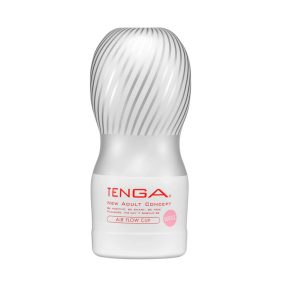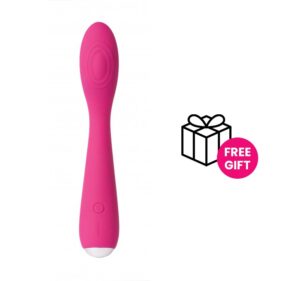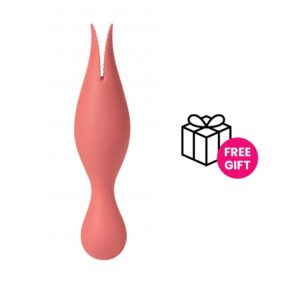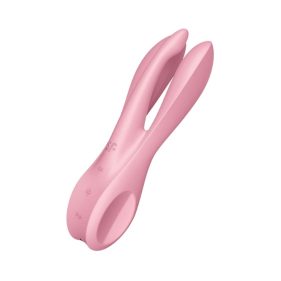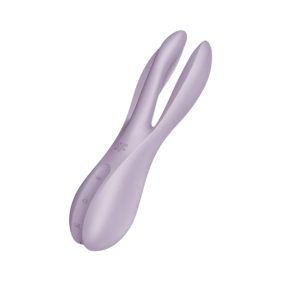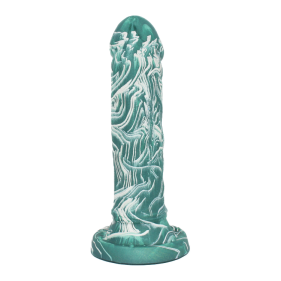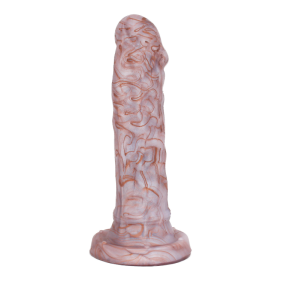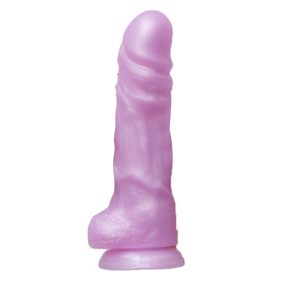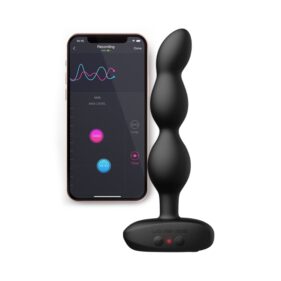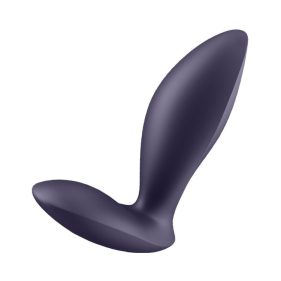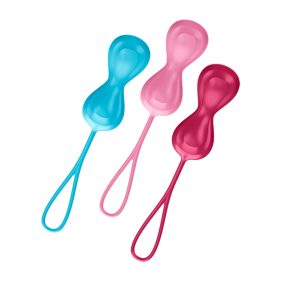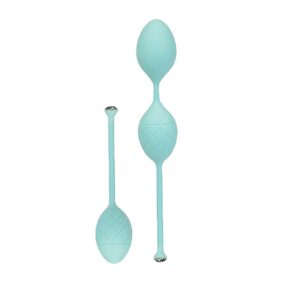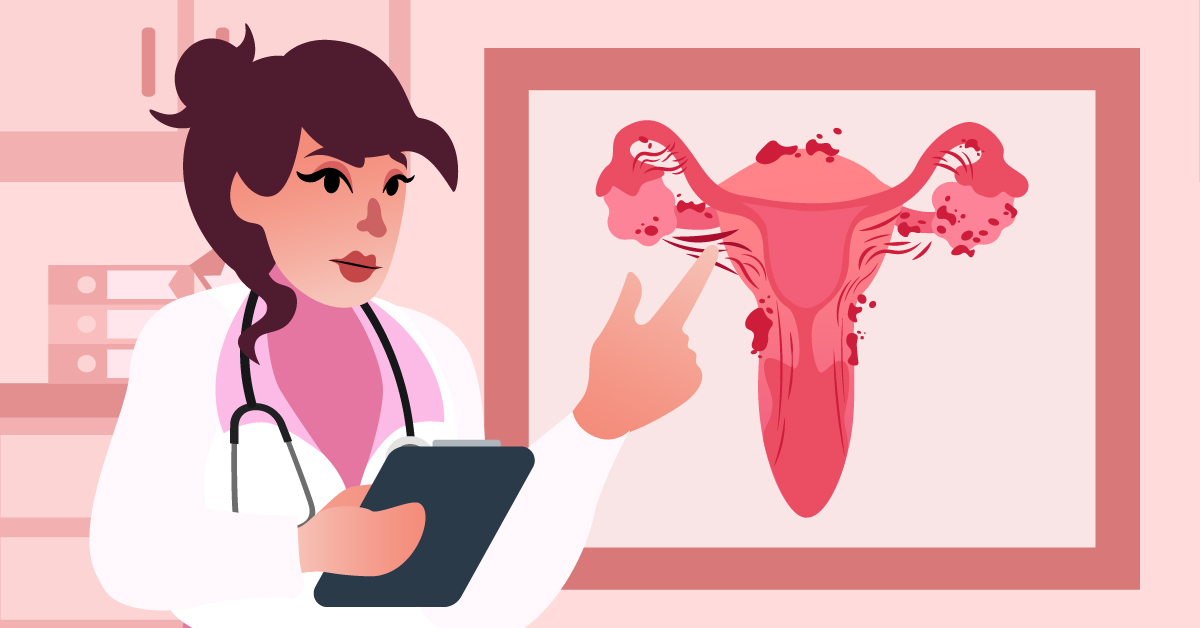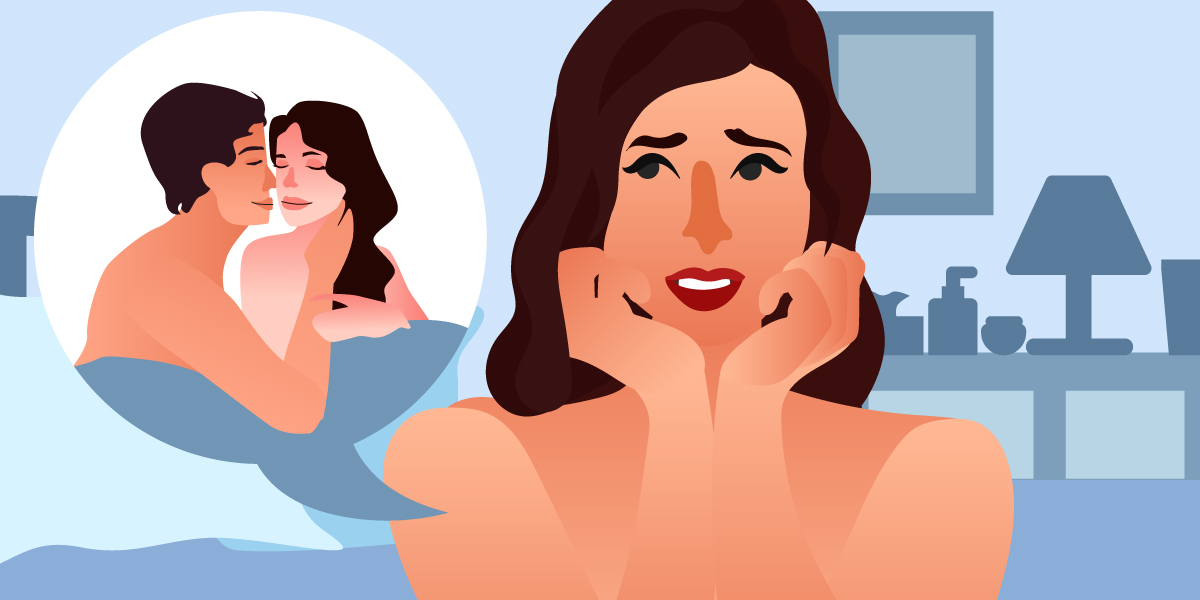
In line with the Breast Cancer Awareness Month, we’re here to share with you the common breast cancer myths and the truth about these misconceptions.
During the pre-internet era, we only have limited information about breast cancer and cancers in general. If we wanted to know more details about this disease, you’ll usually research through books, or for an easier route, ask a friend or a relative that has a family member, or has the first-hand experience on this disease. This has then led to numerous misconceptions about breast cancer, saying that underwire bras can cause cancer, men can’t get breast cancer, etc.
And even now on the internet and social media era, some people are still believing in certain breast cancer myths, sharing it all over social media, and bringing confusion to the public.
That’s why we’re here to debunk them all. Let’s prevent spreading misinformation about this disease. Here are the common breast cancer myths and the actual facts behind these claims.
1Having a healthy lifestyle will prevent you from getting breast cancer.

Some people believe that if you’re keeping yourself healthy and fit, you’ll never get breast cancer. Unfortunately, this isn’t true. Even if you’ve avoided alcohol, smoking, and junk foods, you’ll still have the risk of getting this disease. However, having a healthy lifestyle will reduce that risk.
According to several studies, staying at a healthy weight, exercising regularly, and avoiding vices can reduce your risk of having breast cancer.
2If your family has a history of breast cancer, you’ll automatically get breast cancer.

Now, this is one of the breast cancer myths that has some truth in it but needs further clarification. Family history indeed is one of the risk factors for breast cancer. You’ll have higher chances of getting this disease if there’s a family history. But this doesn’t mean that you’ll automatically have it.
The stats show that only 13-16 percent of women diagnosed with breast cancer have (first-degree) family history. So if your mom, aunt, or cousin has been diagnosed with this disease, don’t assume that you’ll be next in line. What you need to do is to check if you have the other risk factors, maintain a healthy lifestyle, and have regular checkups with your healthcare provider.
-
₱11,990.00
-
₱12,600.00
-
₱4,750.00
-
₱14,500.00
3You’ll always have a lump on the breast if you have breast cancer.

Not all lumps are created equal. So if you feel a lump when examining your breasts, don’t assume you already have breast cancer. Instead, consult your doctor as soon as possible to check if this lump is benign or a cancerous tumor.
You should also check other changes in your breasts, such as the following:
- Swelling on some or all parts of your breast.
- Lump in the underarm area.
- Unusual nipple discharge.
- Breast pain.
- Skin irritation around the breast area.
- Redness or scaliness on your nipple or breast skin.
-
₱315.00
-
₱2,998.00
4Wearing deodorant causes breast cancer.

It’s one of those breast cancer myths that sound unlikely at all, but for some reason, people still fall for this one. According to them, certain chemicals in deodorant can cause breast cancer. The chemicals will then absorb on the skin and change the healthy cells into cancer cells, thus making the person end up with the said disease.
Now, this claim is completely false. There is no evidence that antiperspirants can cause breast cancer. Some studies show that there is no link between deodorants and breast cancer. So no need to set aside your fave deo. You’ll be fine.
-
₱3,600.00
-
₱7,500.00
-
₱10,600.00
-
₱6,745.00
5Men can’t get breast cancer.

All people are born with breast tissue. Whatever your gender is, you can be at risk with breast cancer. So yes, male breast cancer does exist. It’s rare as compared to female breast cancer but still exists nonetheless.
With that, we suggest for our male readers to have a self-breast examination every month. If you feel something unusual with your breasts, consult your healthcare provider as soon as possible.
-
₱450.00
-
Original price was: ₱4,045.00.₱3,640.50Current price is: ₱3,640.50.
-
₱6,045.00
-
Original price was: ₱784.00.₱548.80Current price is: ₱548.80.
6Young women can’t get breast cancer.

Now, this is one of the breast cancer myths that has some truth in it but needs further clarifications. One of the major risk factors for breast cancer is age. The more you get older, the higher the risk. According to the American Cancer Society, about 2 out of 3 breast cancers are found in women that are 55 years old or older.
But this doesn’t mean that young women are 100% safe from this disease. Breast cancer can strike at any age. In fact, 5% of breast cancer cases occur in women that are below 40 years old.
That’s why even if you’re below 40, 50, or 30, it’s still best to conduct self-breast examinations and have yearly checkups with your doctor. You should also be aware of risk factors, so in that way, you’ll be able to change the controllable factors and reduce your risk.
7Breast implants can cause breast cancer.

It’s one of those breast cancer myths that are just complete BS. Breast implants don’t cause breast cancer nor increase your risk of having it.
However, research showed that women with breast implants have a higher risk of getting anaplastic large-cell lymphoma. It’s a rare form of cancer though, but if you’re experiencing these symptoms below, make sure to consult your doctor immediately.
- Lumps or changes in your breast.
- Breast pain.
- Skin rash on your breast and near your breast.
- Hair loss and exhaustion.
-
₱3,850.00
-
Original price was: ₱4,995.00.₱2,995.00Current price is: ₱2,995.00.
-
₱4,045.00
-
₱4,045.00
8Using an underwire bra causes breast cancer.

It’s also one of those breast cancer myths that’s just complete BS. Nope, cancer isn’t caused by underwire bras. There’s no scientific evidence that an underwire bra can cause breast cancer.
The closest study that we’ve found is a 1991 case-control study, suggesting that women who didn’t wear bras have a lower risk of getting breast cancer as compared to women who regularly wear bras. However, it didn’t specify the type of bras they were wearing, hence it can’t be used to confirm this myth. The authors also stated that the women who weren’t wearing bras are more likely to be thin, so their decreased risk may be accounted to their weight and not because of their undergarment choices.
9If you have the BRCA gene, you’ll automatically get cancer.

The BRCA1 and BRCA2 genes have always been linked to breast cancer. However, keep in mind that we all have BRCA1 and BRCA2 genes. You’re only at risk of this disease only if there are mutations in these two genes.
You’re not also going to automatically have breast cancer just because there’s a mutation in your BRCA1 or BRCA2 genes. Researchers have found out that other mutations in pieces of chromosomes (Single Nucleotide Polymorphisms or SNPs) are linked to higher breast cancer risk in women, compared to women with a BRCA1 mutation. However, you’ll be at high risk of this disease.
So if you have blood relatives that have breast cancer, or if there’s a known abnormal breast cancer gene in your family, consult your healthcare provider immediately.
-
Original price was: ₱1,195.00.₱776.75Current price is: ₱776.75.
-
Original price was: ₱1,195.00.₱776.75Current price is: ₱776.75.
-
Original price was: ₱1,195.00.₱776.75Current price is: ₱776.75.
-
₱1,295.00
10Pregnant women can’t get breast cancer.

Unfortunately, pregnant women aren’t immune to breast cancer. They can still get it while carrying their child. This can bring more complications on the diagnosing and treatment process, as your healthcare provider isn’t just focusing on your treatment, but is also ensuring that your baby is safe from all of the procedures.
As for the breast cancer treatment, it all depends on the size of the tumor, the location of the tumor, your overall health, how far you are in the pregnancy, your cancer stage, and your personal preferences.
Though it’s generally safe for you and your baby to undergo treatment during pregnancy, it still boils down to your current condition. Some treatments are generally safe, such as surgery, while there are treatments that need more reconsideration, such as chemotherapy. There are also treatments to avoid such as radiation therapy.
Now, if you’re worried about the baby getting breast cancer, there are no cases of breast cancer spreading to a fetus. There’s also a study that followed children who were exposed to chemotherapy while still being in the uterus. It showed that those children didn’t have cancer or serious abnormalities.
11Putting a cell phone near your boobs causes breast cancer.

For some reason, people believed that regularly storing your phone in your bra, or putting it near your boobs can cause breast cancer. This is nothing but one of those nonsensical breast cancer myths.
There’s no scientific evidence that shows that this theory is possible. Besides, the electromagnetic fields produced on phones are way too weak to cause a tumor. So no need to worry about storing your phone in your bra– or just get a purse!
-
₱8,100.00
-
₱4,745.00
-
₱4,745.00
12Nipple piercing can cause breast cancer.

Nipple piercings are getting popular nowadays. Women love having it as it’s a unique way of expressing themselves. But along with the popularity, the myth stating that “nipple piercings can cause breast cancer” is getting some traction too.
Again, just like some of the breast cancer myths on this list, there’s no scientific evidence to prove this theory. Nipple piercing can pose some health risks, such as infection and abscesses, but breast cancer isn’t one of them.
13Women that are at high-risk for this disease have no control over their risk.

There’s still hope. For women that are high-risk for breast cancer, don’t let this myth and other breast cancer myths turn you down. Consult your healthcare provider and see the options that are suited for your condition and preferences. Generally, you can either take medications that lower your risk or have preventive surgery.
-
₱2,695.00
-
₱2,695.00
-
₱3,600.00
-
₱1,999.00
14Mammography can harm the breast.

For those that are unfamiliar with the term, mammography is a screening method that uses a mammogram, an X-ray of the breast. By doing this procedure every year (for women who are 40 years old and older), you’ll be able to detect and diagnose breast cancer as early as possible. Now, claims are stating that using this method is already outdated and can harm the breasts. However, there are limited studies on this theory.
What’s true though is that this method can be ineffective due to several factors such as age or breast density. So you can’t 100% rely on mammography when trying to screen for breast cancer. With that, it’s best to confirm the diagnosis of a mammogram by trying other screening methods such as Breast Ultrasound or Breast Magnetic Resonance Imaging.
15Having injuries on your breast will cause breast cancer.

Trauma or injury to the breast area wouldn’t cause breast cancer. Now, if you’ve felt a lump after getting treatment for a breast injury, it’s best to consult your doctor about it, but don’t assume that it’s already linked to cancer. You see, trauma to breast tissue can cause oil cysts and fat necrosis to form. This often leads to a firm mass on your breast.
Takeaway
Whether you have breast cancer or not, it’s important to know the facts about this disease. Knowing the truth will not just help you in the long run, it will benefit your loved ones as well.
So keep on learning and spreading awareness about this disease. The more people know about this, the more chances they’ll be able to reduce their risk. Every share counts!
